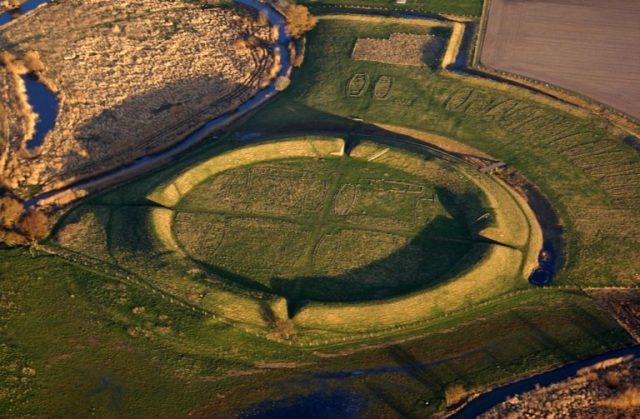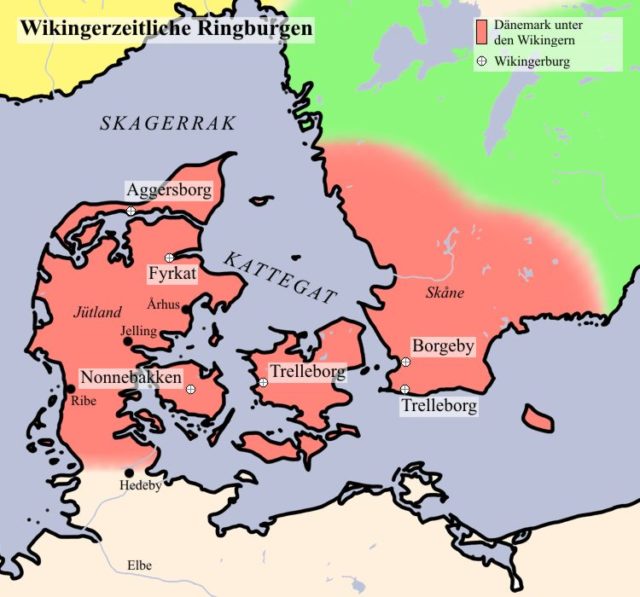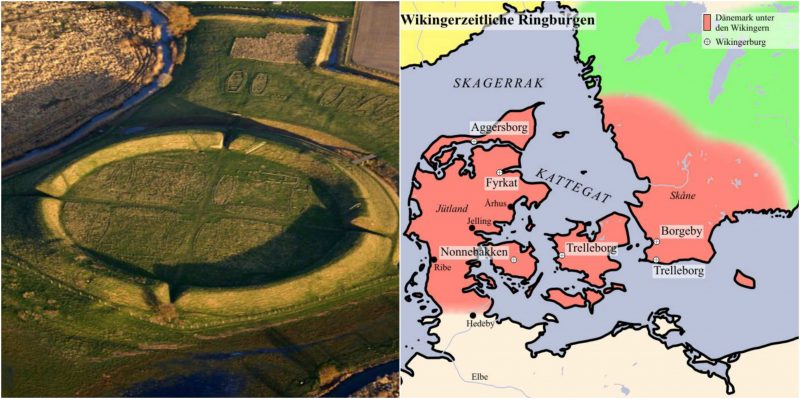A quick glance at the Anglo-Saxon Chronicles reveals that the Vikings first landed on the shores of England as early as 789 AD. Onboard their typically small longboats, the Norsemen did not look intimidating or threatening, and locals flocked to welcome the visitors. However, the locals soon realized their mistake as the Vikings began to ruthlessly cut them down as soon as they arrived on dry land. This was the first clear indication of Viking intent in the British Isles, and this manifested itself in countless raids and battles that continued as the Vikings swept through the region. This period helped to create the enduring characterization of Vikings as little more than invaders and plunderers. But was this truly the case?

The recent discovery of a ring-shaped fortress built by the Vikings is now forcing historians to add new chapters to the history books. The stereotype of Vikings as disorganized raiders is now being threatened by the discovery of a number of such fortresses up and down the region they once ruled. The newly discovered fortress is believed to have been purpose-built to house and train new recruits for large-scale military endeavors. The fort was used by Sven Forkbeard to prepare his army for the legendary invasion of the English mainland in 1013.
The fortress is located 30 miles south of Copenhagen on the Danish island of Zealand and is one of five such structures found in the regions once under Viking rule. It has been more than six decades since the last Viking fortress was discovered. This discovery is forcing archaeologists and historians to challenge existing notions of Viking history, proving that the Norsemen were more organized and advanced than was originally thought.

Soren Sindbaek, Professor of Archaeology at Aarhus University, said that Vikings are famously known as pirates and plunderers, and hardly anyone challenges this notion. He added that the recent discoveries clearly threaten the traditional interpretation of history, highlighting that the Vikings were builders as well as warriors. Professor Soren explained that time has come to reconsider existing conceptions of Vikings and to view this period of history on its own terms.
Perhaps the most distinctive structures of their kind, these Viking forts are known as Trelleborgs. These fortresses are circular, equipped with high ramparts and four large gateways. Five other fortresses have been discovered in the last century in various regions of Denmark and southern Sweden. Most of the Trelleborgs are associated with the legendary King Harold Bluetooth of Denmark, who died in 986 AD. The latest discovered Trelleborg in Valo region is believed to have been built on the orders of Harold Bluetooth as a preparation camp for the invasion of England. A large army of Vikings was trained in the fortress, helping to realize the long-held ambition of ruling England; the Vikings conquered most of the country in 1013, and Sven Forkbeard was crowned as king.
